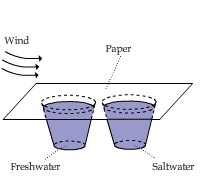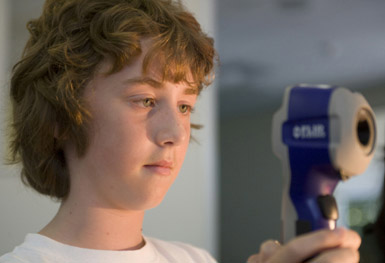We are developing a unique approach that uses affordable IR cameras (e.g., the $249 FLIR ONE) to visualize invisible energy flows and transformations in easy-to-do science experiments. Using this "desktop remote sensing" approach, thermal energy can be readily "seen." Other types of energy that convert into thermal energy can be inferred from thermal signals. Hence, many invisible physical, chemical, and biological processes that absorb or release heat can be visualized, discovered, and investigated.
Experiments
Natural Convection: A Vertical View
This IR video shows the rising of the hot air from a heater that was captured by a screen in the upright position.
Read more »
« Link to this
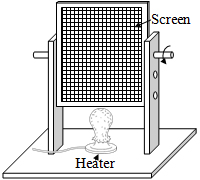
Natural Convection: A Horizontal View
This IR video shows a "cross section" of the hot air plume rising from the heater. Notice that the cross section does not have a stable shape.
Read more »
« Link to this
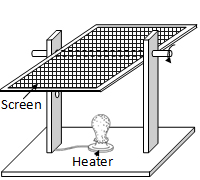
Natural Convection: Cool Air Sinks
A bottle of ice water was placed at the top of the screen. It cooled the air and the cold air sunk to cool the screen,
leaving a trace of "cold column" on it.
Read more »
« Link to this
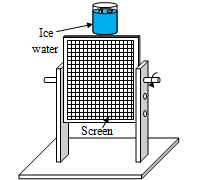
Forced Convection
Forced convection transfers heat through the flow of fluid driven by an external source.
This videos shows how the hot air fan warmed up a poster board.
Read more »
« Link to this
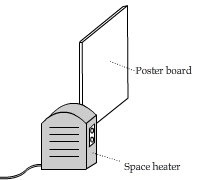
Radiation Heat Transfer between a Hot Water Jar and a Piece of Paper
This video shows the heat transfer through radiation from a hot water jar to a piece of paper. During the experiment,
a screen made of trash bag plastic and another piece of paper were inserted between the hot water jar and the paper to
demonstrate that thermal radiation can travel through the former but not the latter.
Read more »
« Link to this
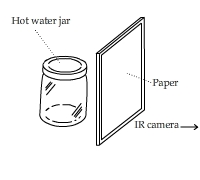
Radiation Heat transfer between a Cold Water Jar and a Piece of Paper
This video shows the heat transfer through radiation between an ice water jar and a piece of paper. During the experiment,
a screen made of trash bag plastic film and another piece of paper were inserted between the jar and the paper to
demonstrate that thermal radiation can travel through the former but not the latter.
Read more »
« Link to this
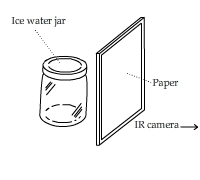
An Infrared Trap and the Greenhouse Effect
Light shined through an inverted plastic cup and was absorbed by the black paper inside.
But infrared radiation emitted from the paper cannot penetrate through the transparent cup. As a result, heat was trapped inside the cup.
Read more »
« Link to this
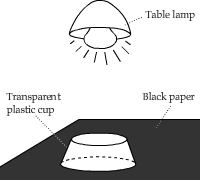
Capillary Action on Paper Towel and Cardstock
A paper towel strip and a cardstock strip were hung above a cup of water. This video shows the temperature change when they were lowered down to touch the water.
Capillary action was significant through the absorbent textile of the paper towel.
Read more »
« Link to this
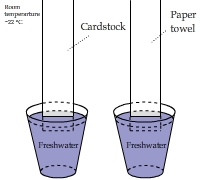
Water Percolation through Cardstock
A cup filled with water and an inverted cup were put together as illustrated. A piece of cardstock was inserted inbetween. The system was given
about an hour to reach equilibrium. Then the upper cup was removed. Can you explain the result shown by this video?
Read more »
« Link to this
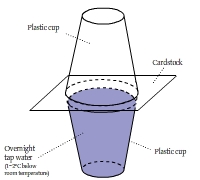
Water Percolation through Paper
A piece of paper was placed on top of a cup of freshwater and a cup of saltwater for a long time.
Water molecules first condensed to the underside of the paper and then percolated through it to the other side.
They evaporated from the surface and cooled the areas down. Blowing air to the surface of paper accelerated evaporation.
Read more »
« Link to this
